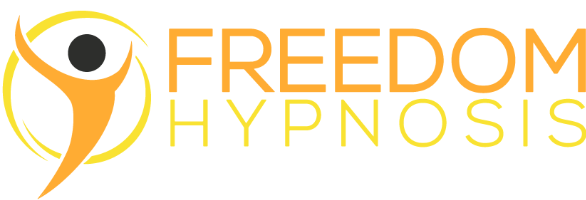What’s A Phobia And Where Do They Come From?
A phobia is a strong, irrational, fear that’s elicited by something in the near environment (or anticipated environment). Common phobias are of swimming, driving, flying, heights and lifts. There are also fears of tight spaces (claustrophobia) or wide-open or crowded spaces (agoraphobia). There are fears of animals, dogs, cats, snakes, spiders and bugs. It’s fair to say that all of the above can be dangerous but a person with a phobia can experience fear of these things when there is no indication of an actual threat, e.g. being scared of a friendly dog, or a tiny spider. Having this fear response when there is no actual treat is what makes it irrational and problematic because most people don’t want to fear afraid when there is no reasonable threat nearby.
Phobias can make people very avoidant of places or things which can get in the way of otherwise desirable vocations, travel or relationships. Many people with phobias can generate fear even when they are nowhere near a plane, dog or lift, which is clearly an indication that something has gone wrong.
There is some research suggesting that humans are born with only two fears, loud noises and falling. Every other fear is learnt, often in childhood. Under emotional conditions, such as stress, it’s easy to learn a strong emotional response such as the fear of all dogs from an incident with one aggressive dog. Very scary for the child but something that wouldn’t phase most adults. Sometimes this fear response passes, when it doesn’t, it creates fear throughout a person’s life that’s out of scale to the actual threat; it becomes a phobia.
Many people are unaware of how they picked up a phobia, especially of something like snakes when many people in the UK have never been in contact with a snake. But the exposure to the original threat could be watching a film or exposure to a person who already has and demonstrates a fear response to that thing, e.g. a parent scared of dogs easily creates a child that is scared of dogs. Children often watch their parents to learn what they should be scared of.
Other Common Phobias
Fear of dentists is a very common fear which is clearly problematic. There are many phobias around health, such as blood phobias, needles/injections, choking, doctors, germs, hospitals, white coat syndrome, to name just a few. Emetophobia (the fear of vomit) goes past the unpleasant into total fear; this fear has stopped many would-be parents from having children. Also clowns, button and jelly. We can develop a phobia towards literally anything.
Hypnosis for Phobias
Because the technology for removing phobias has been around for decades, there aren’t nearly as many people around with strong debilitating phobias as there used to be. Most people have had their flying phobia treated but sometimes people don’t know where to look for treatment and oftentimes even doctors are ignorant of the proper treatment options. Doctors will often recommend CBT and the gradual desensitisation approach which is better than nothing but very slow and often not very thorough.
The famous ‘5 minute phobia cure’ was created in the 70’s by Bandler and Grinder (the creators of NLP). Bandler and Grinder studied the few therapist that were regularly and reliably able to free people of phobias and went around the world teaching others. The ‘phobia cure’ is sometimes referred to as ‘Rewind’ or the ‘visual/kinesthetic double dissociation technique’. The technique encourages the client to imagine the threatening situation in a number of different ways that don’t create fear. When the client can have the phobia object in mind whilst feeling calm, the phobia fades away quickly. A skilful therapist should be able to remove almost any phobia with this method.
There are other approaches such as the PIM approach (Psychological Illusion Model by Jorgan Rasmussen). This approach helps people to see how the fear is created through the way they think and have them experience their thinking in a different way to clear the fear response.
Both these responses work well and both can be applied in a single therapy session as a ‘belt and braces’ approach for clients. But what about ‘hypnosis’? Well, the trance is what the client is already doing when they think of the spiders or the lift. The methods mentioned above help to remove the habitual trance or replace it with a better one. In this way, the therapist is essentially de-hypnotising the client to allow them to be more present. This is an approach that can easily be done face to face or via a video/online session.
Arrange Your Session Today
If your life is currently limited by the strong emotional responses discussed above, even if you’ve tried other treatments, contact me today for a chat so that together we can create a fast, effective and very positive change for the rest of your life. In most cases a simple phobia is removed in a single session.
Simon A. Bates
MNCH(Acc) BSc Cog. Sci. MNLP
Email: simon@freedomhypnosis.co.uk
“After 10 years of suffering extreme anxiety when flying I visited Simon after a google search on the advice of a friend. In one 90 minute session with Simon my life has changed. I got to the core of my fear and unlocked a trauma that I wasn’t aware had impacted me so deeply. I fly frequently now with ease and have processed my phobia in a logical way that connected with me. I recommend Simon to anyone and everyone.”
– Scott, HR Director/Fear of Flying

Recent Comments